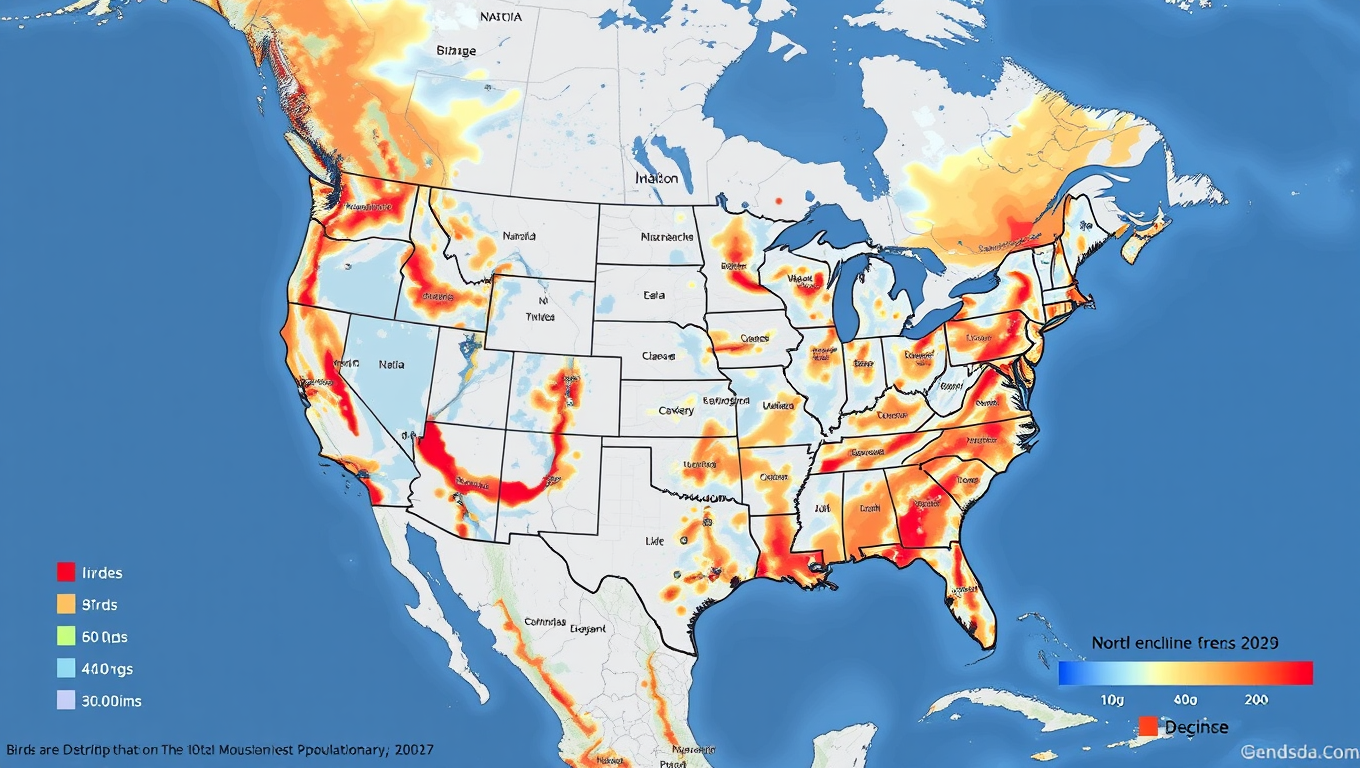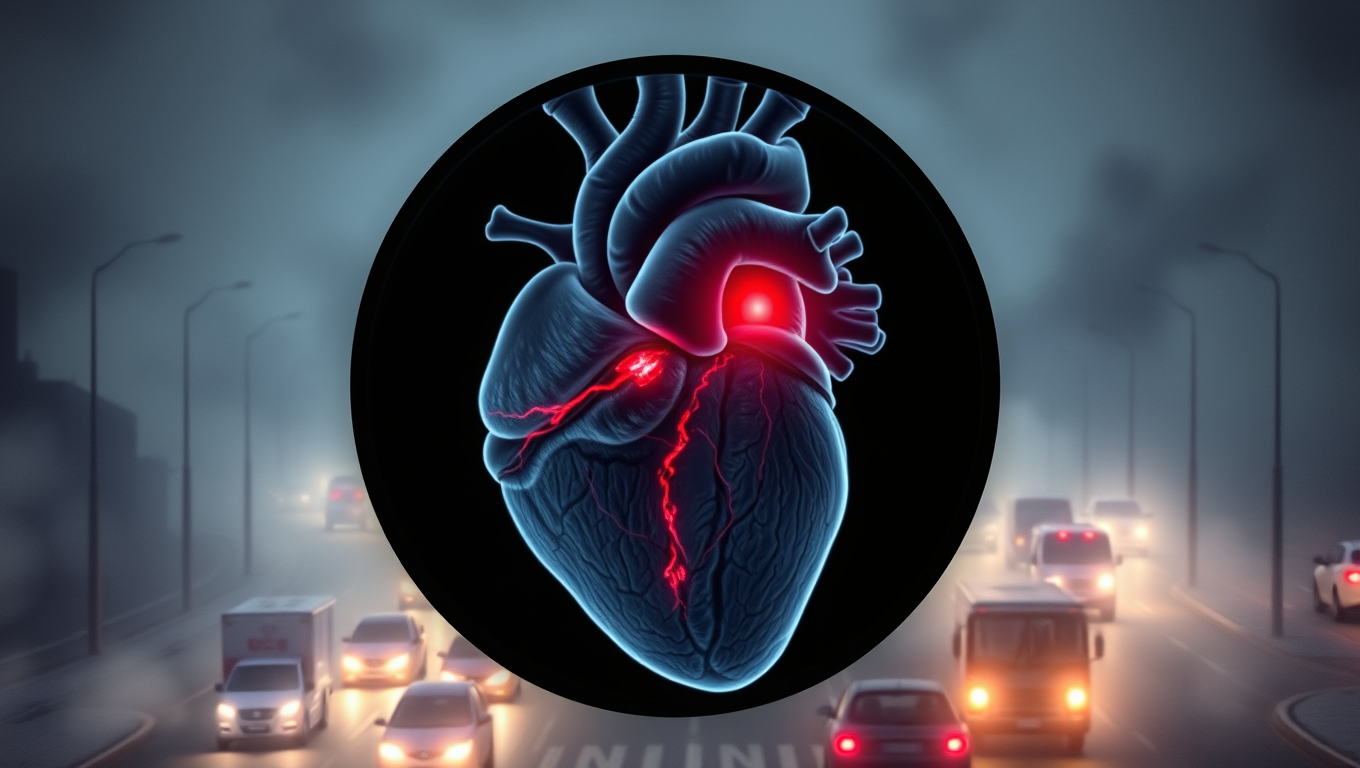While we try to keep things accurate, this content is part of an ongoing experiment and may not always be reliable.
Please double-check important details — we’re not responsible for how the information is used.
Earth & Climate
Uncovering Hidden Threats: Study Reveals Precision Conservation Needed for North American Bird Populations
A groundbreaking study reveals that North American bird populations are declining most severely in areas where they should be thriving. Researchers analyzed 36 million bird observations shared by birdwatchers to the Cornell Lab’s eBird program alongside multiple environmental variables derived from high-resolution satellite imagery for 495 bird species across North America from 2007 to 2021.

Earth & Climate
The Hidden Threat to Tropical Forests: How Thunderstorms Are Causing Trees to Die
Tropical trees are dying faster than ever, and it’s not just heat or drought to blame. Scientists have uncovered a surprising culprit: ordinary thunderstorms. These quick, fierce storms, powered by climate change, are toppling trees with intense winds and lightning, sometimes causing more damage than drought itself. The discovery is reshaping how we understand rainforest health and carbon storage, as storms may be responsible for up to 60% of tree deaths in some regions. Researchers now warn that failing to account for this hidden force could undermine forest conservation and climate models alike.
Earth & Climate
When Tropical Forests Burned, the Planet Caught Fire: Uncovering Earth’s Greatest Extinction Event
When Siberian volcanoes kicked off the Great Dying, the real climate villain turned out to be the rainforests themselves: once they collapsed, Earth’s biggest carbon sponge vanished, CO₂ rocketed, and a five-million-year heatwave followed. Fossils from China and clever climate models now link that botanical wipe-out to runaway warming, hinting that losing today’s tropical forests could lock us in a furnace we can’t easily cool.
Air Pollution
The Hidden Dangers of Air Pollution: How It Quietly Damages Your Heart
Breathing polluted air—even at levels considered “safe”—may quietly damage your heart. A new study using advanced MRI scans found that people exposed to more air pollution showed early signs of scarring in their heart muscle, which can lead to heart failure over time. This damage showed up in both healthy individuals and people with heart conditions, and was especially noticeable in women, smokers, and those with high blood pressure.
-

 Detectors3 months ago
Detectors3 months agoA New Horizon for Vision: How Gold Nanoparticles May Restore People’s Sight
-

 Earth & Climate4 months ago
Earth & Climate4 months agoRetiring Abroad Can Be Lonely Business
-

 Cancer4 months ago
Cancer4 months agoRevolutionizing Quantum Communication: Direct Connections Between Multiple Processors
-

 Agriculture and Food4 months ago
Agriculture and Food4 months ago“A Sustainable Solution: Researchers Create Hybrid Cheese with 25% Pea Protein”
-

 Diseases and Conditions4 months ago
Diseases and Conditions4 months agoReducing Falls Among Elderly Women with Polypharmacy through Exercise Intervention
-

 Albert Einstein4 months ago
Albert Einstein4 months agoHarnessing Water Waves: A Breakthrough in Controlling Floating Objects
-

 Chemistry3 months ago
Chemistry3 months ago“Unveiling Hidden Patterns: A New Twist on Interference Phenomena”
-

 Earth & Climate3 months ago
Earth & Climate3 months agoHousehold Electricity Three Times More Expensive Than Upcoming ‘Eco-Friendly’ Aviation E-Fuels, Study Reveals





























